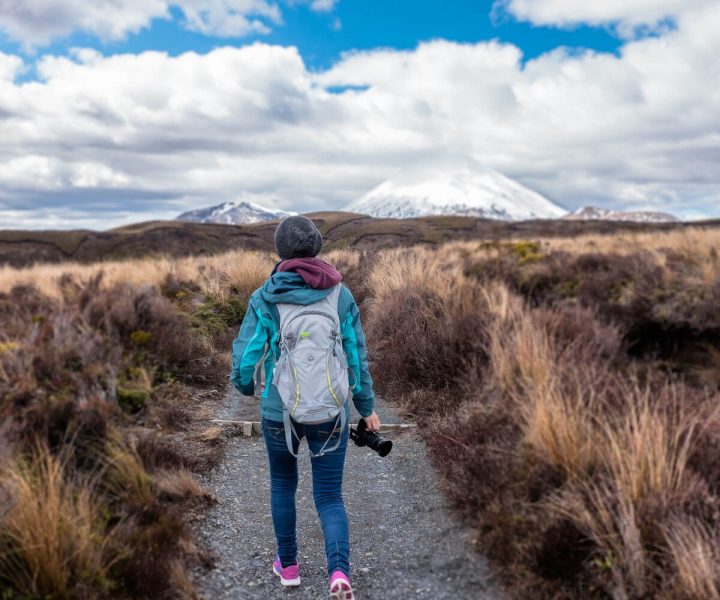
Arguably, the most common injuries suffered by hikers are caused by slipping, tripping, and falling. When you experience an accident during a hike, you are likely to hurt your lower extremities and suffer a break, tear, strain, or sprain. There are many things that directly and indirectly contribute to these injuries, but they are mostly preventable.
So how do you avoid slips, trips, and falls?
Reduce your weight
While weight reduction is essential in all areas, it is particularly important in these three cases; your feet, backpack, and body fat. When you reduce your weight, you decrease fatigue and risk of injury, as well as increasing mobility.
The easiest way to get rid of dead weight is to wear adequate footwear, as the lighter your running shoes or hiking boots, the easier it is for you to accurately place your feet when the trail is uneven. Look for hiking boots that are lightweight and made of synthetic materials.
Get adequate traction
Speaking of shoes, yours should give you adequate traction for the surfaces you will encounter. When the soles of your feet start getting worn down, make sure you replace them, particularly during winter or rainy season.
Increase your fitness level
Your lower extremities and core should be in top condition, as this will reduce injuries that happen from fatigue, as well as increase your stamina. When you’re tired, you’re less coordinated and have a slower reaction time, meaning you’re more likely to trip and fall as you’re not paying as much attention to any hazards on the trail.
Don’t push yourself beyond your limits
Not everyone who takes up hiking is in peak physical condition, so keep this in mind, particularly when hiking in a group. Don’t push yourself (or anyone in your party) beyond their limits, as you are more likely to suffer an injury if you are exhausted. Furthermore, always have a plan B so you can easily turn around and head back to civilization if someone is excessively tired or needs medical attention.
Carry a good light source
As much as possible, try and avoid hiking in the dark. However, delays happen, so always carry with you a torch light or a headlamp so you can see the ground clearly and spot any potential dangers.
Stick to the trail
It can be very tempting to wander off the trail into the untouched and unexplored, but the trails are there for a reason. There’s a higher risk of tripping and falling if you veer off course, and if you’re seriously injured, it will take longer to find you and be rescued.
Watch your step
Personal injuries are more likely to happen on slippery or variable surfaces, or where there are obstructions on the trail such as low-hanging branches or rocks. Don’t rush yourself, and walk at a pace where you can continuously scan ahead for any potential hazards.
Learn first aid
As careful as everyone may be, accidents do happen. The difference between a minor injury being a small nuisance or having devastating consequences can be first-aid knowledge. Always carry a first-aid kit with you, and learn basic first aid, such as treating sprains, cuts, or broken bones.
You don’t have to let safety considerations ruin your hiking adventure, but with these tips, your trip won’t be ruined by a slip, trip, or fall.
 Your Privacy Choices
Your Privacy Choices
 The
The